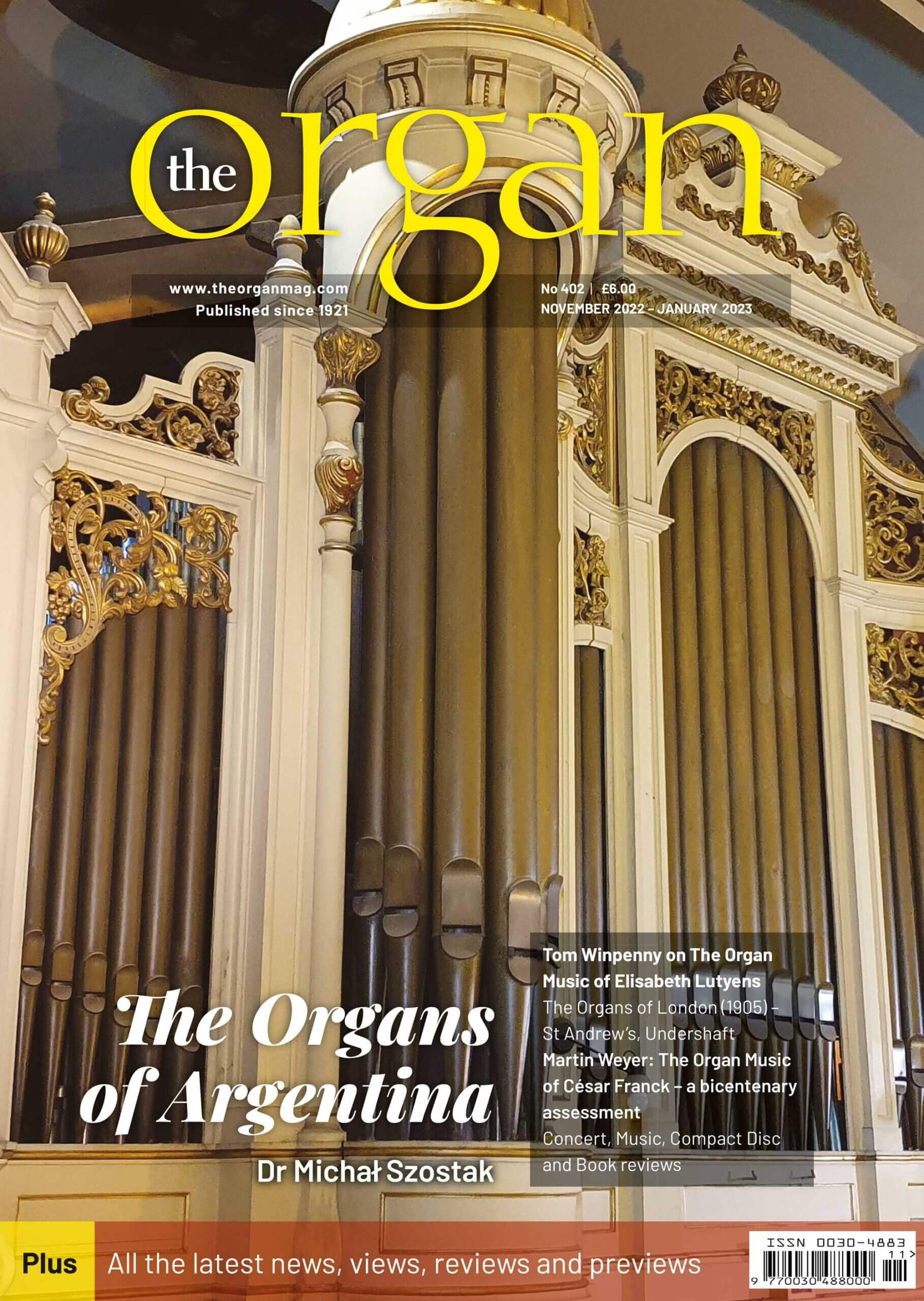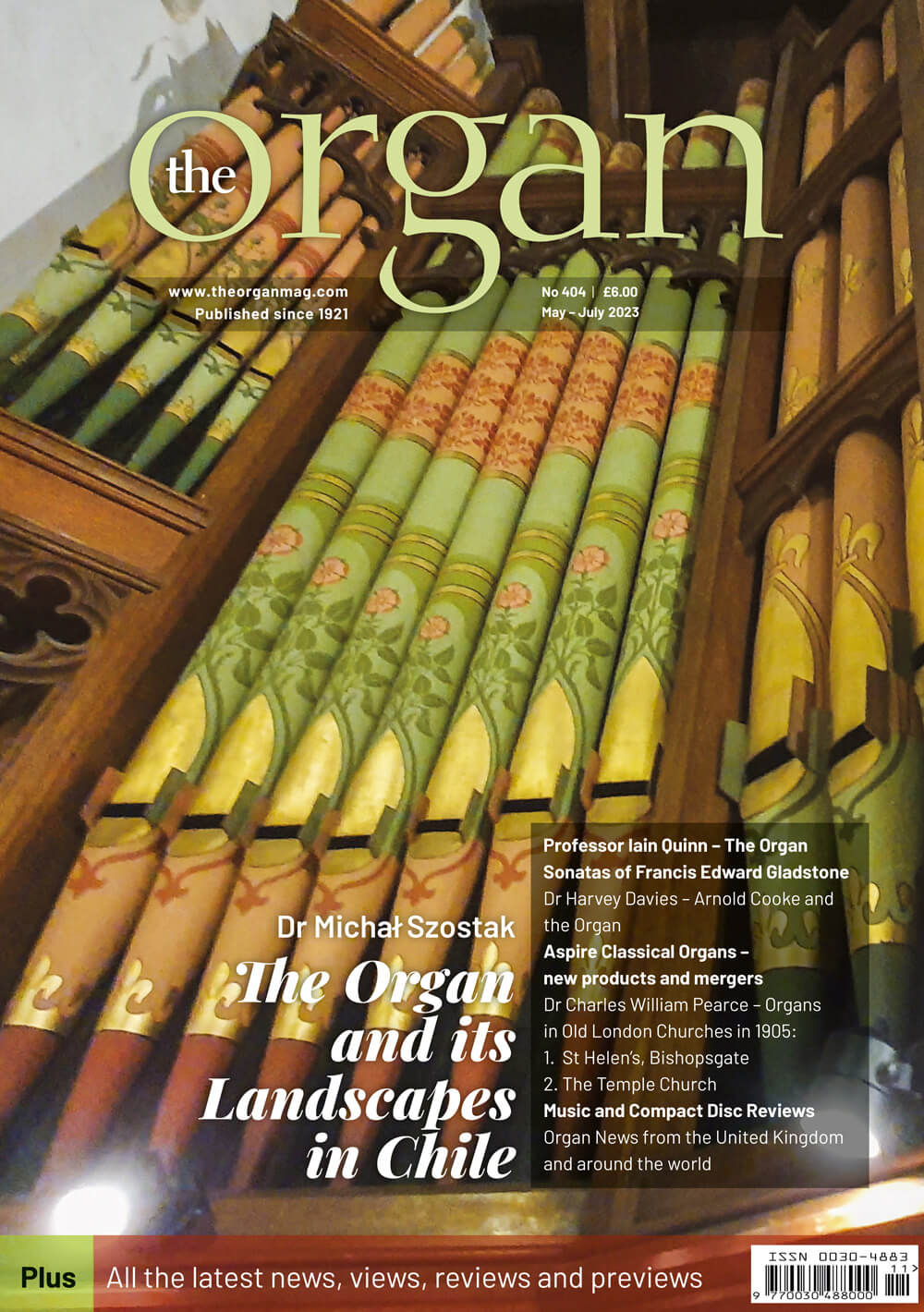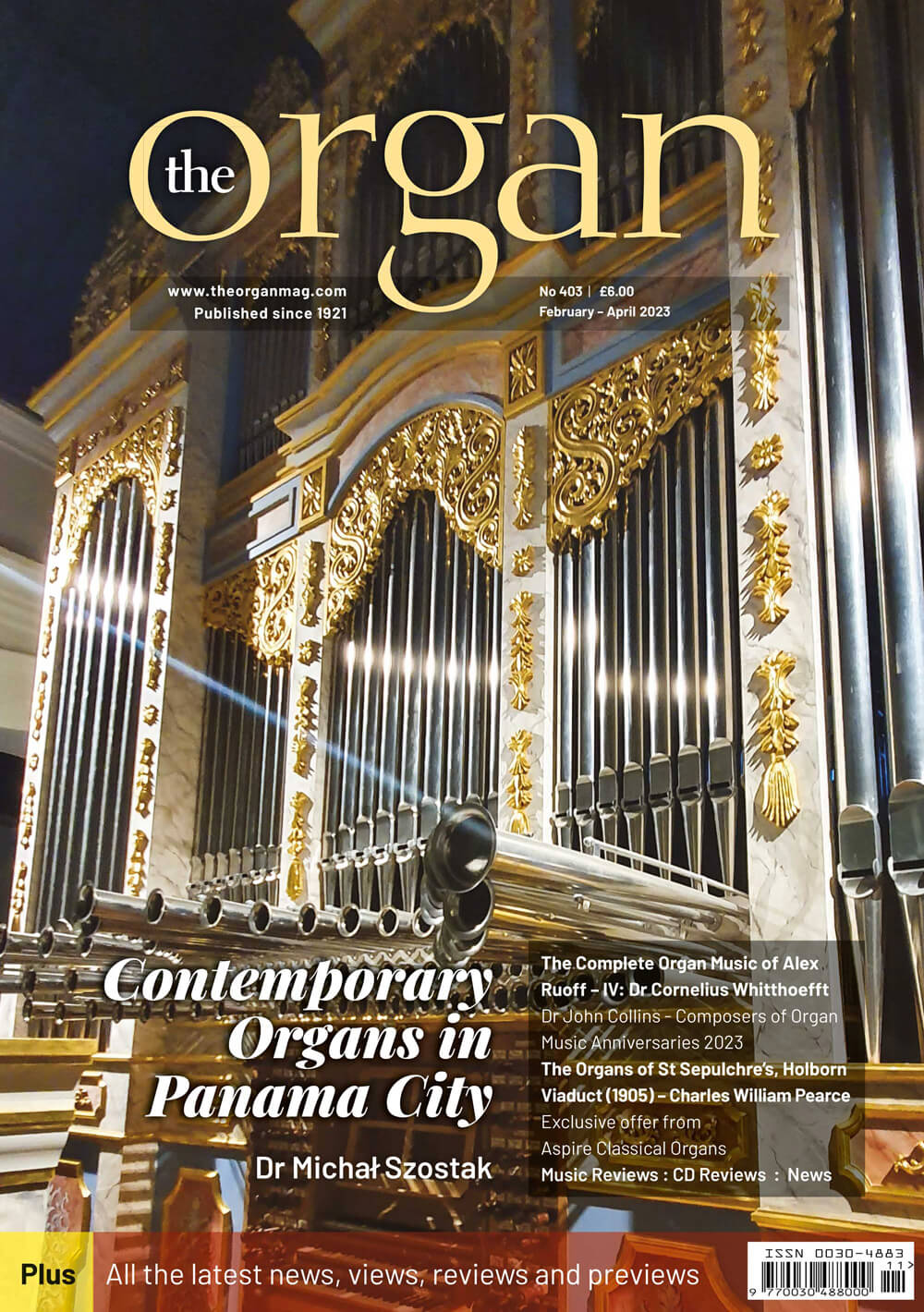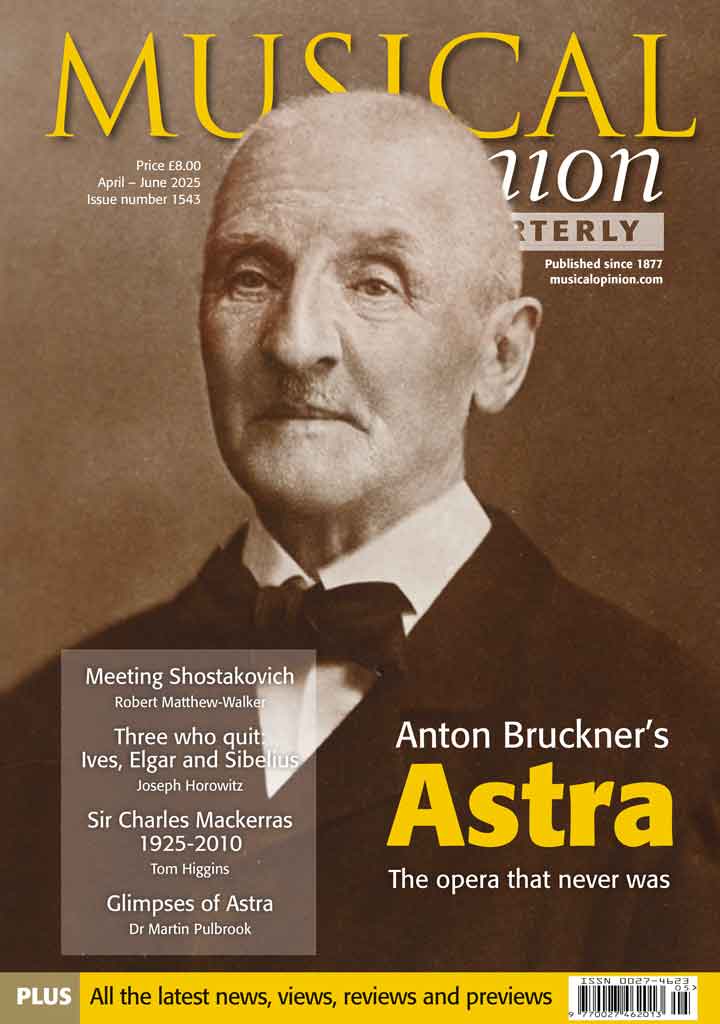

Current Issue
Previous Issues
Spring 2025. Issue 1541
Winter 2024. 1540
Autumn 2024. 1539
Summer 2024. 1539
Spring 2024. 1538
Winter 2023. 1537
Autumn 2023. 1536
Summer 2023. 1535.
Spring 2023. 1534.
Winter 2022. 1533.
Autumn 2022. 1532.
Summer 2022. 531.
Following the dispicable and illegal invasion of Ukraine, the Summer 2022 edition of Musical Opinion carries a large article about Sergei Prokofiev, arguably its most famous composer along with an overview of the Ukrainian classical music scene over the last one...
Spring 2022. 1530.
Autumn 2021. 1528.
Summer 2021. 1527.
Spring 2021. 1526.
Winter 2020. 1525.
Autumn 2020. 1524.
Summer 2020. 1523.
Spring 2020. 1522.
Explore By Topic
Winter 2021. 1529.
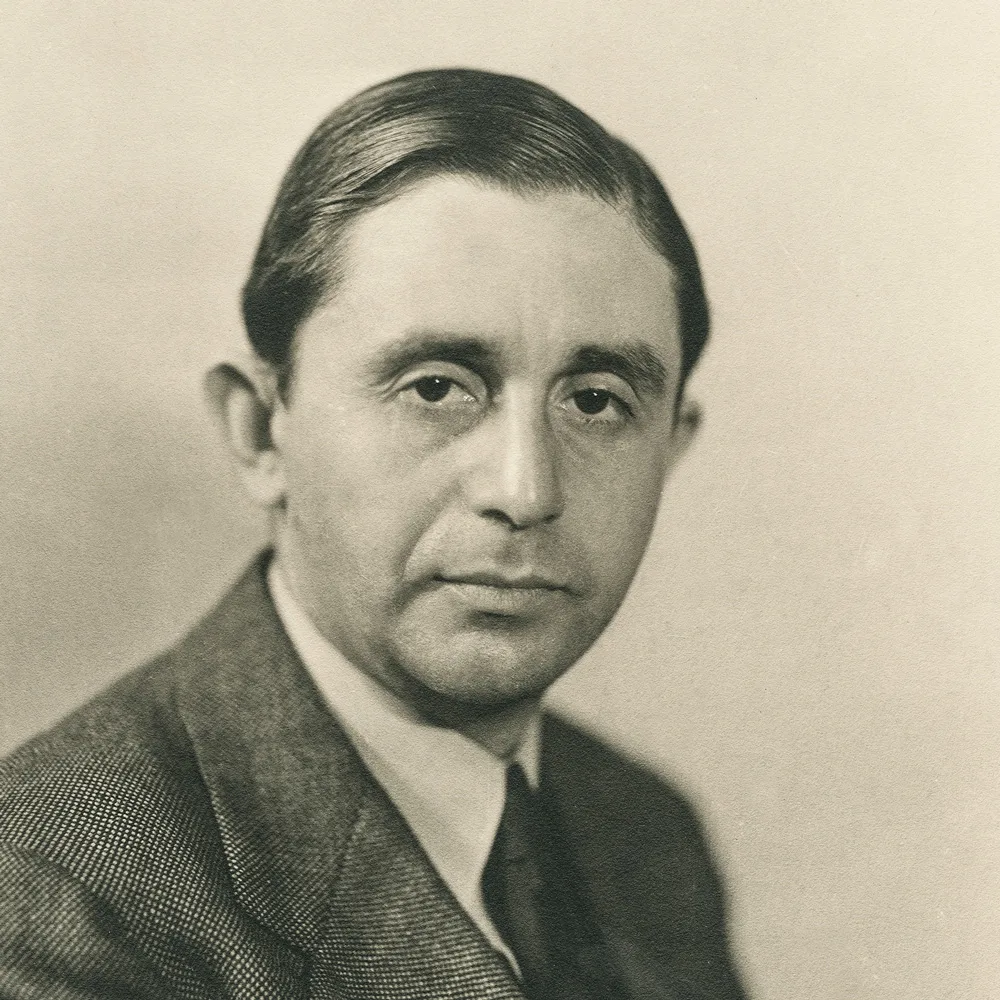
Joseph Schillinger (1895-1943)
Gregor Tassie
An appreciation of the Russian-American composer and teacher of George Gershwin.
One of the forgotten composers of the 20th century, Joseph Schillinger, is among the most fascinating for his exploration of new musical structures and electronic technology. As the Russian musicologist, Inna Barsova writes, ‘Iosif Schillinger lived two lives, one in Russia, from which he left in 1928, and to which he never returned, the other in the United States of America. His life in Russia also falls into two periods, wholly dissimilar from each other.’
Schillinger himself stated of his revolutionary composing methodology, ‘My system, in a short time, has conquered the American market for applied music (radio, theater, cinematograph, television etc.) to such a level that today, it is difficult to find any music director, conductor, composer, or orchestrator of name, who hasn’t used my methodology, or has not been one of my students. In purely statistical figures, the influence of my system is felt in 70% of the mass American musical product.’
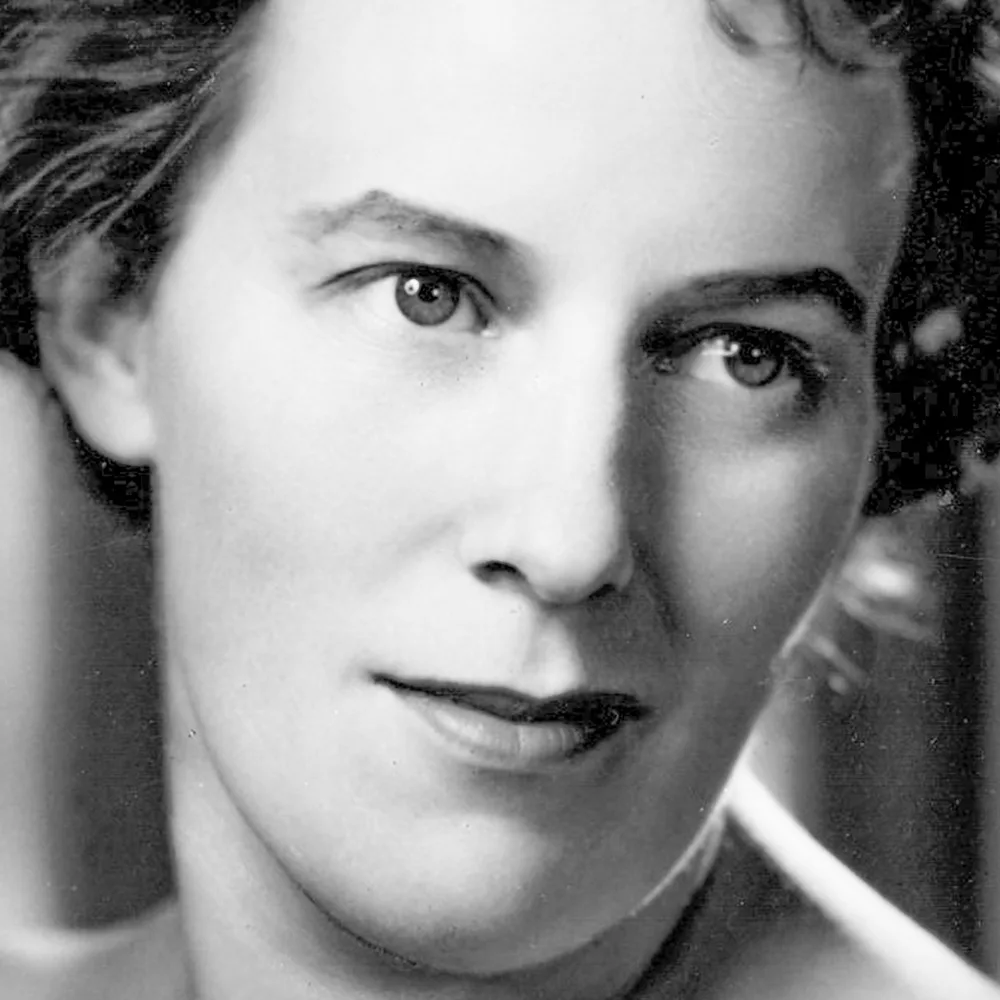
Ruth Gipps (1921-1999) – A Centenary Note
Robert Matthew-Walker
When Sir Henry Wood conducted Ruth Gipps’s tone poem Knight in Armour at the last night of the 1943 Proms, it declared the 22-year-old female composer to be a new voice. Her chamber music had already been heard at the Wigmore Hall, and no musician could have had a more rewarding concert two years later when, in Birmingham in March 1945, Ruth was soloist in Glazunov’s F minor piano concerto, after which she joined the orchestra to play cor anglais in the premiere of her First Symphony.
By that time, of course, the Second World War was drawing to a close. In the immediate post-war years, many aspects of British life became markedly different from the 1930s. Ruth Gipps’s post-war life was initially centred upon Birmingham, and although she became a byword for industry and no-nonsense integrity, there is no doubt that she became a victim of anti-feminism in British music, as a composer, conductor and administrator. Her outspoken comments on the post-war fashion for iconoclastic European musical movements, alongside the established language in which her music was couched, led to her undoubted qualities becoming sidelined. Although her music was by no means wholly ignored post-war, it is perhaps since her death in 1999 that her genuine qualities have come to be more widely appreciated.
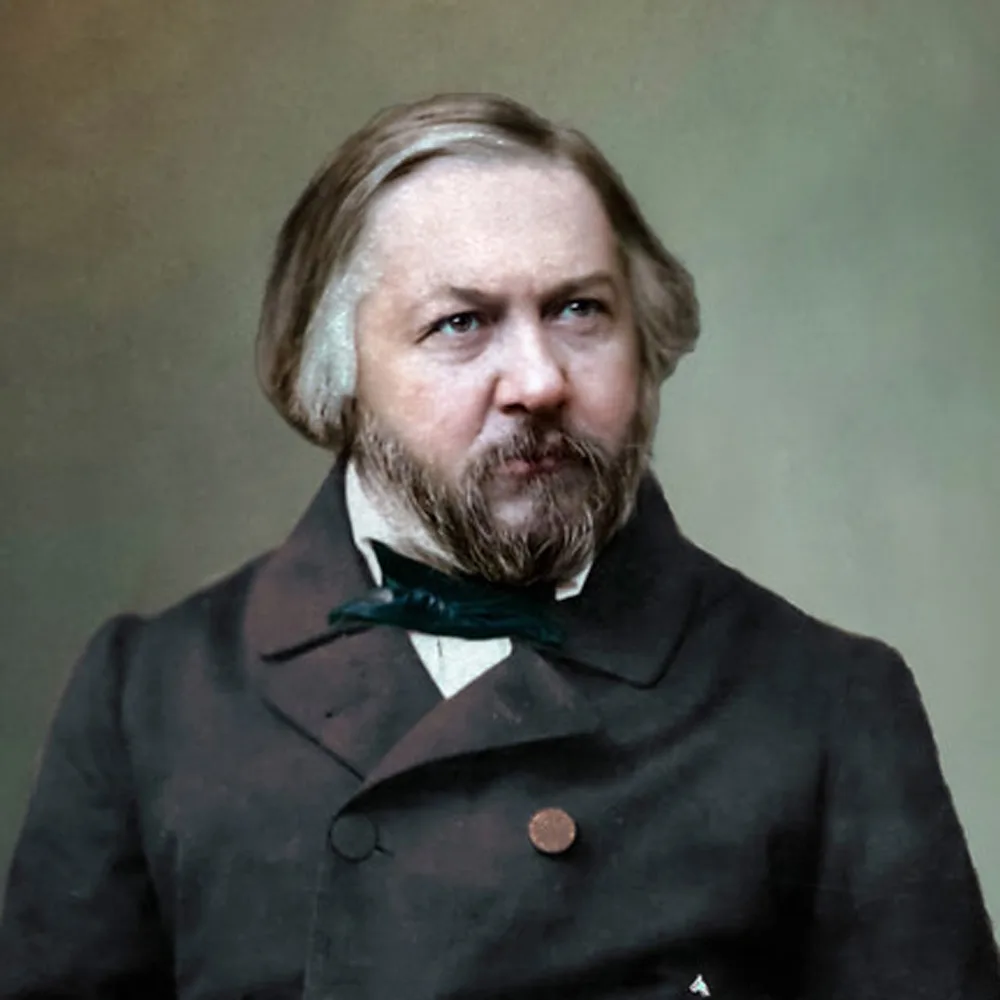
The Russian Piano Trio Tradition
Tully Potter
The old Russian Empire imported many musicians, but from the late eighteenth century it was producing its own composers of chamber music, such as Ivan Khandoshkin (1747-1804) and Dmitri Bortniansky (1751-1825). It was in the nineteenth century, however, that Russian chamber music as we know it began to flower.
An important new series of recordings, featuring the outstanding players of the Brahms Trio of Moscow, seeks to chart that progress through the prism of the piano trio medium. As many of the composers were superb pianists, this idea makes sense; and listening to a recording can be a satisfying way of encountering works rarely, if ever, heard in the concert hall. Fifteen compact discs are planned, in three instalments, and the first tranche has now been issued by Naxos.
The artists begin, plausibly enough, with the John Field pupil Alexander Aliabiev (1787-1851), best known for his song The Nightingale. His melodious chamber music received a fair amount of attention from Emil Gilels and the Beethoven Quartet, who in the 1940s and 1950s recorded the E flat Piano Quintet, A minor Piano Trio, E minor Violin Sonata and two string quartets.
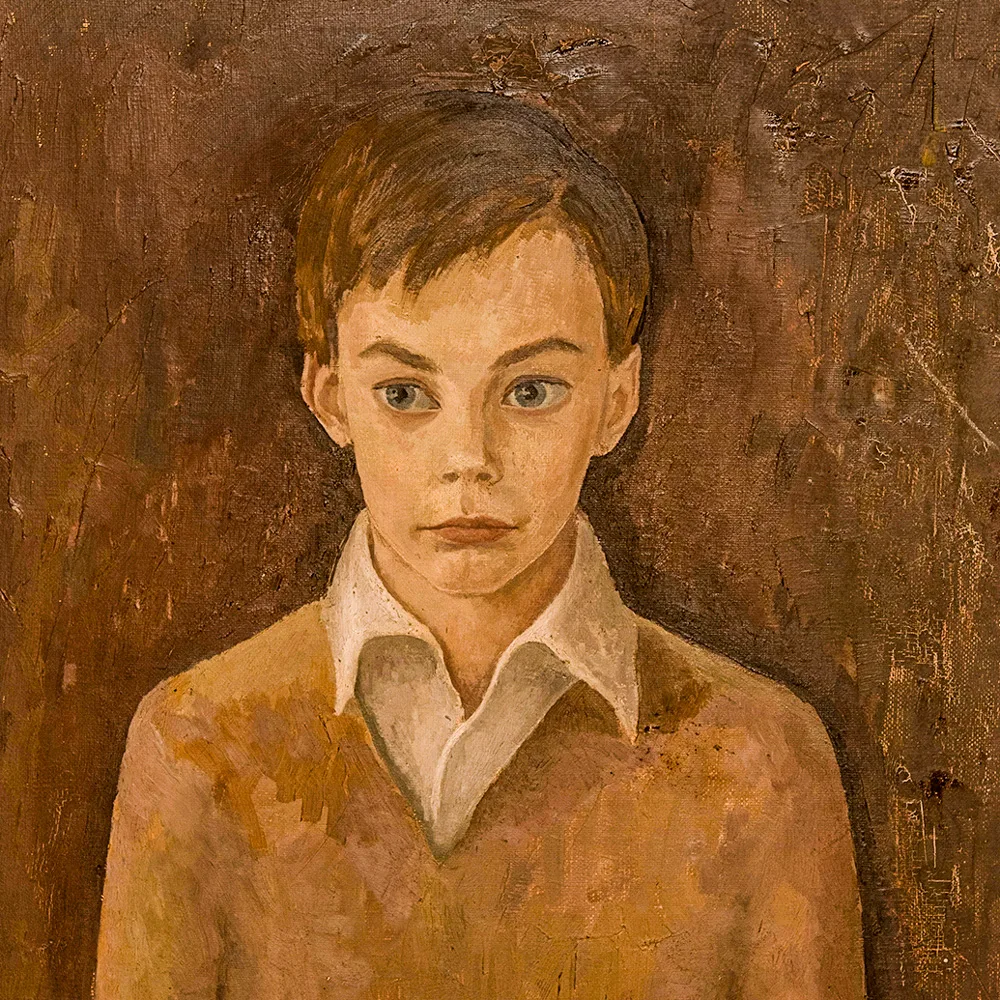
A Composer’s Portraiture
Monica McCabe
The author considers four portraits of her late husband, composer and pianist John from various periods of his career.
It is good and illuminating to be able to look at portraits of composers in times past – to be able to picture Bach, Haydn, Mozart and the irascible Beethoven as they appeared to contemporaries, or to admire the glamorous young star Liszt, surrounded by adoring fans, rather than the warty old grey-headed man of the photographs. In these days of increasingly easy photography, taken not only by cameras but by mobile phone or on video cameras, the size and weight of a matchbox, casual and un-posed photos of composers seem to be the preferred choice and such pointed portraits as exist tend to be formal and ‘official’, often in robes and hung in the halls and vestubles of conversatories. I am particularly lucky to have in my possession no less than four portraits of my late husband John McCabe, as well as an excellent modelled bust, all different and non official.
The earliest, and thus in a way perhaps the most unlikely and interesting is of John at the age of somewhere between 11 and 13, painted in oils around the early 1950s, by an artist who is currently not particularly well-known in this country, although several of his pictures hang in northern art galleries, including the Walker Art Gallery in Liverpool, and the Manchester City Art Gallery.
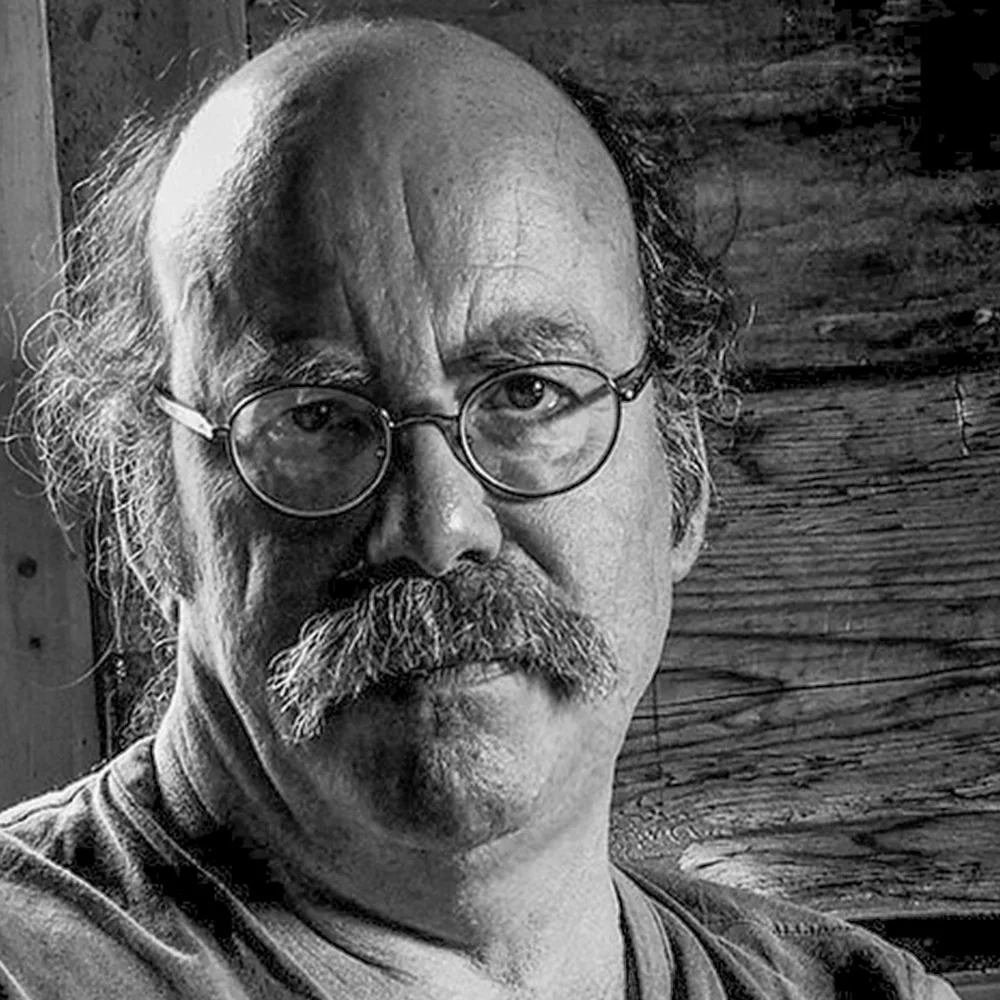
From Musical Environmentalism to Symphonic Renaissance
Richard Whitehouse
A 65th-birthday tribute to Jorge E. López.
Back in 2002, anyone who acquired Hänssler Classic’s collection marking the 75th birthday of Michael Gielen (now mostly incorporated into SWR Music’s ten-volume Gielen Edition) might have been surprised to read about the conductor’s ‘‘view of the works of music history from Johann Sebastian Bach to George Lopez’’. Could this statement merely be identifying a convenient endpoint, at the turn of the new millennium, from which retrospectively to survey the 250-year heyday of Western musical culture, or is it something more closely akin to fact?
Jorge E. López (he now prefers the original Spanish version of his name), whose 65th birthday was last November, can look back over four decades of creativity that has resulted in a select catalogue of mainly large-scale works which has provoked and intrigued listeners throughout Western Europe. A composer, moreover, who has never shied away from taking the path less trod to greater recognition, yet whose music has demonstrably few equals among that of his contemporaries as regards the scope of its ambition and the startling range of its expression.
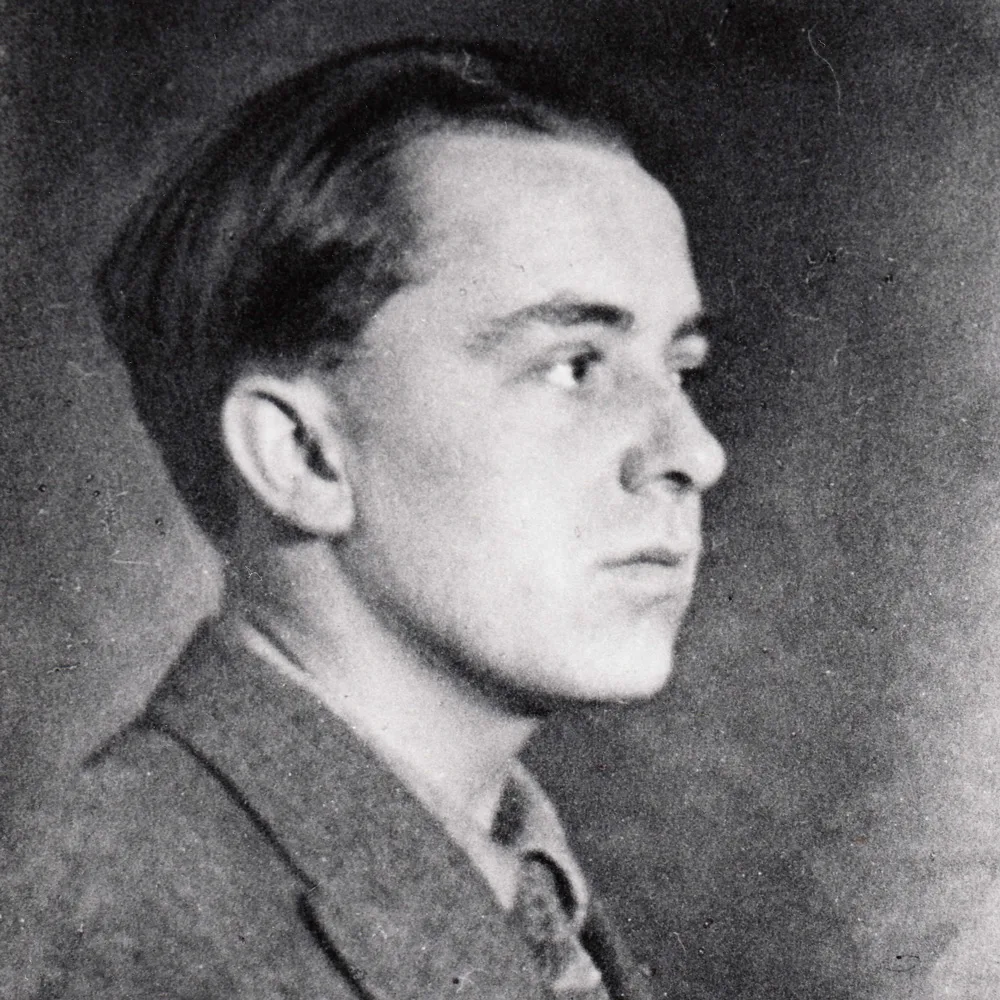
Thomas B. Pitfield - pacifist composer
John Turner
The composer, artist, author, poet, designer, craftsman, woodcarver, calligrapher, vegetarian, pacifist (and very much more) Thomas Pitfield died at the age of 96 on 11th November 1999, and his strong but gentle Russian born wife Alice (a fine pianist whose father had managed a cotton mill in Balashika, near Moscow) survived him by under a year. Pitfield was regarded as an oddball by his family, as his gentle pursuits and interest in nature and the arts were anathema to his conventional and strict (meat-eating) parents, and he was pitchforked protestingly (his expression!) into an engineering apprenticeship with the millwright firm of Hick Hargreaves in Bolton. This only strengthened his resolve to break away from the conventional path, and his passionate interest in the arts, in what he ate, and in how people treat each other as humans grew apace. He remained a committed vegetarian all his life. One of his last booklets, the slim cookery book Delicatesse was devised and written at the suggestion of my wife Margaret, who has so enjoyed the vegetarian dishes (particularly Russian piroshki) served up at frequent lunches at their house. And he wrote an anthem, Parkdale Song, for the Vegetarian Society, which by chance was headquartered near his own designed if typically frugal house in the Altrincham suburb of Bowdon.
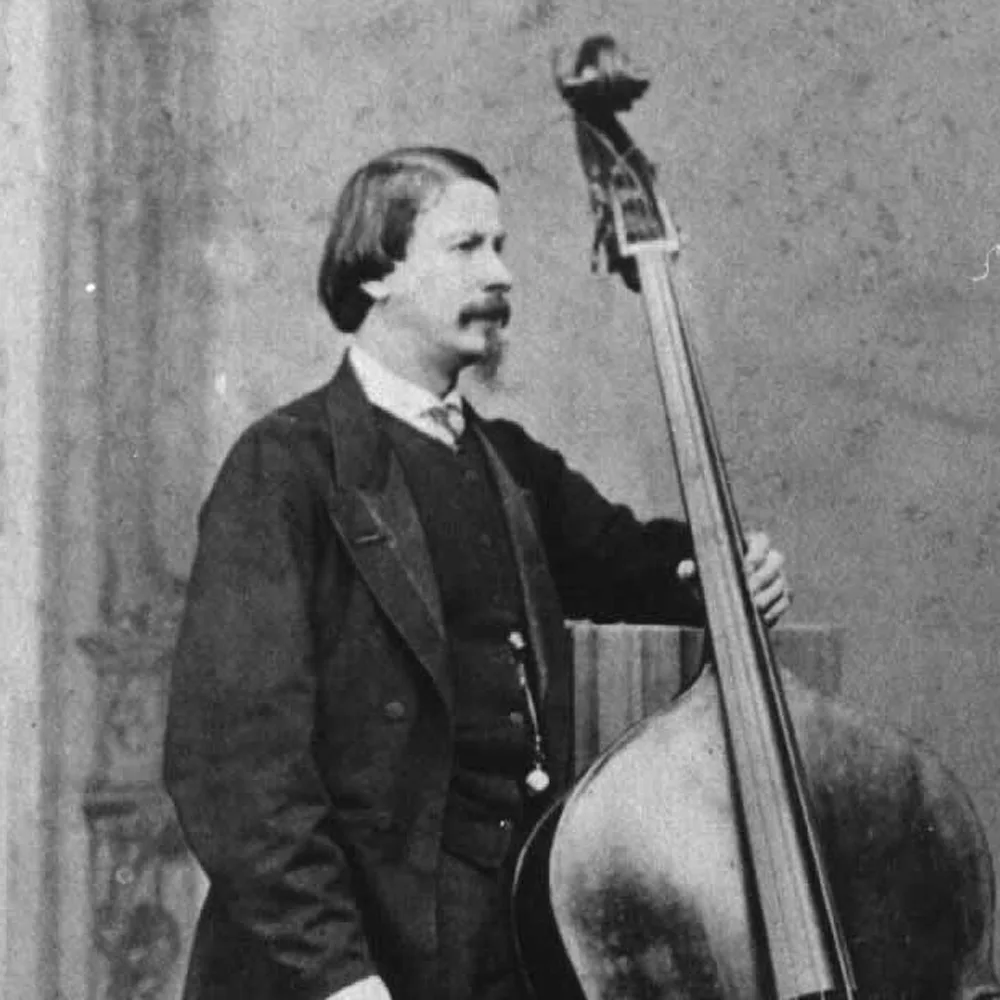
Giovanni Bottesini (22 December 1821 – 7 July 1889)
Leon Bosch
On the eve of the bicentenary of Giovanni Bottesini’s birth, South African double bass virtuoso Leon Bosch pays tribute to the ‘Paganini of the Double Bass’ .
Giovanni Bottesini is undoubtedly the most important figure in the history of the double bass, and the first virtuoso on this unwieldy instrument to achieve international recognition.
Contemporary accounts of his playing abound in superlatives, to the extent that he was acclaimed as the ‘Paganini of the double bass’.
Bottesini excelled in every aspect of his art. In addition to his extraordinary virtuosity on the double bass, he was also a respected conductor and a prolific composer of opera, sacred music, symphonic music, vocal music, chamber music and instrumental music for a range of instruments. And his revolutionary influence on the technique of the instrument was expressed not just through his many compositions, but also the publication of a Complete Method for Double Bass, in which he is committed to the holistic musical education of the double bassist as artist.

